Home>Gardening & Outdoor>Landscaping Ideas>How To Maintain Artificial Grass
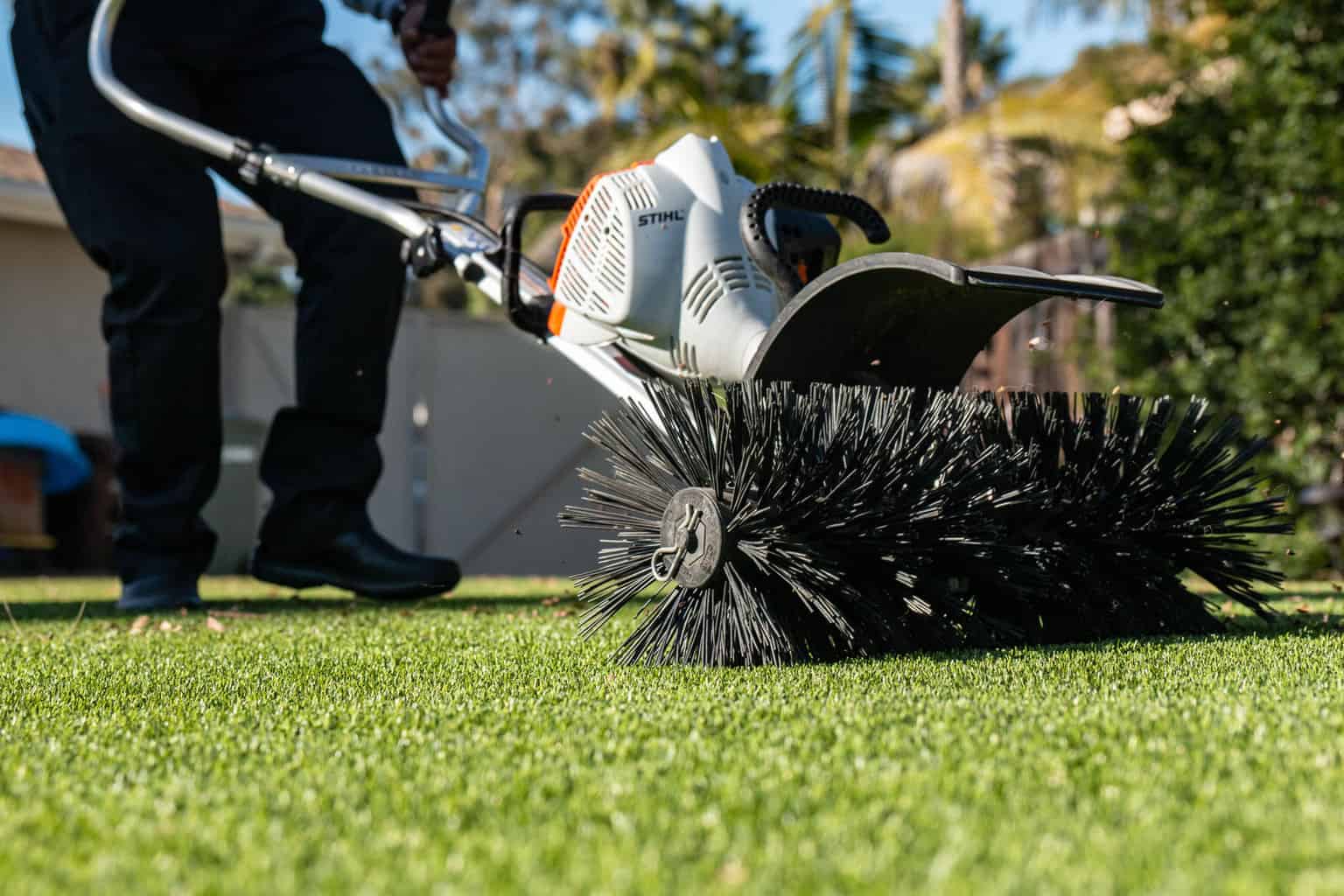

Landscaping Ideas
How To Maintain Artificial Grass
Modified: August 17, 2024
Learn the best landscaping ideas for maintaining artificial grass. Discover tips and techniques to keep your lawn looking lush and vibrant.
(Many of the links in this article redirect to a specific reviewed product. Your purchase of these products through affiliate links helps to generate commission for Storables.com, at no extra cost. Learn more)
Introduction
Artificial grass has revolutionized the landscaping industry, offering a low-maintenance alternative to natural grass that remains lush and vibrant throughout the year. Whether adorning residential lawns, commercial spaces, or sports fields, artificial grass provides a durable and visually appealing surface that requires minimal upkeep. However, to ensure its longevity and pristine appearance, proper maintenance is essential.
Maintaining artificial grass involves a combination of regular cleaning, debris removal, brushing, rinsing, stain treatment, weed prevention, and pet protection. By adhering to a consistent maintenance routine, you can preserve the aesthetic appeal and functionality of your artificial grass for years to come.
In this comprehensive guide, we will delve into the various aspects of maintaining artificial grass, providing valuable insights and practical tips to help you keep your synthetic turf in optimal condition. From simple cleaning techniques to professional maintenance considerations, this article will equip you with the knowledge and strategies necessary to uphold the beauty and resilience of your artificial grass investment. Let's explore the key maintenance practices that will ensure your artificial grass remains a vibrant and enduring feature of your outdoor space.
Key Takeaways:
- Regular cleaning and debris removal are essential for maintaining artificial grass, preventing discoloration and damage. Use a leaf blower and gentle rinsing to keep the turf pristine.
- Professional maintenance services offer specialized care for large-scale artificial grass installations, ensuring deep cleaning, grooming, and targeted repairs to prolong its lifespan and visual appeal.
Read more: How To Maintain A Landscape Design
Regular Cleaning
Regular cleaning is fundamental to the upkeep of artificial grass, as it helps prevent the accumulation of dirt, dust, and organic matter that can compromise its appearance and longevity. By incorporating simple yet effective cleaning practices into your maintenance routine, you can preserve the pristine look and feel of your synthetic turf.
One of the most efficient methods of regular cleaning is to use a leaf blower or a stiff brush to remove surface debris such as leaves, twigs, and loose dirt. This should be done at least once a week, or more frequently during periods of heavy foliage shedding or inclement weather. By swiftly eliminating debris, you can prevent it from settling into the grass fibers and causing discoloration or damage.
In addition to manual removal of debris, rinsing the artificial grass with water can help dislodge finer particles and refresh the turf's appearance. A gentle spray from a garden hose can effectively wash away dust and pollen, restoring the grass's vibrant color and soft texture. This simple yet impactful cleaning method can be performed as needed, particularly in high-traffic areas or sections that are prone to dust accumulation.
Furthermore, addressing spills and pet waste promptly is crucial for maintaining the cleanliness of artificial grass. Accidental spills should be blotted with a clean cloth and rinsed with water to prevent staining, while pet waste should be promptly removed and the affected area sanitized to prevent odor and bacterial buildup. By attending to these issues in a timely manner, you can uphold the hygiene and visual appeal of your artificial grass.
By integrating regular cleaning practices into your maintenance regimen, you can effectively mitigate the effects of environmental debris, spills, and pet-related issues, ensuring that your artificial grass remains a pristine and inviting feature of your outdoor space. These simple yet impactful cleaning measures contribute to the overall longevity and aesthetic appeal of your synthetic turf, allowing you to enjoy its beauty and functionality for years to come.
Removing Debris
Removing debris is a crucial aspect of maintaining artificial grass, as it helps preserve the cleanliness and visual appeal of the synthetic turf. Over time, natural elements such as leaves, twigs, and other debris can accumulate on the surface of the grass, detracting from its pristine appearance and potentially causing damage if left unaddressed. By implementing effective debris removal techniques, you can uphold the integrity and aesthetic allure of your artificial grass.
One of the most efficient methods of removing debris from artificial grass is through the use of a leaf blower. This powerful tool allows you to swiftly and effectively clear the surface of the turf, eliminating leaves, twigs, and other lightweight debris with ease. By conducting regular sessions with a leaf blower, particularly during periods of heavy foliage shedding, you can prevent debris from settling into the grass fibers and causing discoloration or matting. This proactive approach to debris removal not only maintains the visual appeal of the artificial grass but also contributes to its overall longevity.
In addition to utilizing a leaf blower, a stiff brush can be employed to manually remove debris from the synthetic turf. This method is particularly effective for dislodging stubborn or embedded debris that may not be fully addressed by a leaf blower alone. By gently brushing the grass in a sweeping motion, you can dislodge and collect debris, ensuring that the surface remains free from unsightly clutter. This manual approach to debris removal allows for targeted cleaning in specific areas and complements the use of a leaf blower for comprehensive maintenance.
Furthermore, regular inspection of the artificial grass for debris accumulation is essential for proactive maintenance. By conducting visual assessments of the turf, particularly after periods of heavy wind or inclement weather, you can identify and address debris accumulation promptly. This proactive approach enables you to prevent debris from becoming deeply embedded in the grass fibers, preserving the overall cleanliness and aesthetic appeal of the synthetic turf.
By incorporating these effective debris removal techniques into your maintenance routine, you can uphold the cleanliness and visual allure of your artificial grass. Whether utilizing a leaf blower, a stiff brush, or conducting regular inspections, proactive debris removal is essential for preserving the pristine appearance and longevity of synthetic turf. With consistent attention to debris removal, you can ensure that your artificial grass remains a vibrant and inviting feature of your outdoor space, enhancing its overall beauty and functionality.
Brushing the Grass
Brushing the grass is a fundamental aspect of maintaining artificial turf, contributing to its aesthetic appeal, resilience, and longevity. Over time, foot traffic, natural settling, and exposure to the elements can cause the grass fibers to flatten or become compacted, diminishing the lush and vibrant appearance of the turf. By incorporating regular brushing into your maintenance routine, you can revitalize the grass fibers, promote even distribution of infill, and enhance the overall visual appeal of your artificial grass.
One of the primary benefits of brushing the grass is the restoration of its upright position and natural resilience. Using a specialized synthetic turf brush or a stiff bristle broom, gently brushing the grass against the grain can effectively lift and separate the fibers, allowing them to regain their vertical orientation. This simple yet impactful action revitalizes the appearance of the turf, creating a lush and natural-looking surface that enhances the overall aesthetic of your outdoor space.
In addition to revitalizing the grass fibers, brushing facilitates the even distribution of infill, which is essential for maintaining the stability and performance of the artificial turf. By gently brushing the infill material into the grass fibers, you can prevent uneven compaction and ensure that the turf surface remains consistently resilient and supportive. This proactive approach to infill distribution contributes to the longevity and functionality of the artificial grass, allowing it to withstand regular use and environmental exposure with ease.
Furthermore, brushing the grass serves to address localized matting or compacted areas, particularly in high-traffic zones or sections that are frequently utilized for recreational activities. By focusing on these areas during the brushing process, you can effectively restore the uniformity and lushness of the turf, mitigating the effects of wear and tear and preserving its visual appeal. This targeted approach to brushing enables you to maintain the overall consistency and vibrancy of your artificial grass, ensuring that it remains an inviting and enduring feature of your outdoor environment.
By incorporating regular brushing into your artificial grass maintenance routine, you can uphold the resilience, visual allure, and longevity of the synthetic turf. Whether revitalizing the grass fibers, promoting infill distribution, or addressing localized compacted areas, brushing plays a pivotal role in preserving the aesthetic and functional qualities of artificial grass. With consistent attention to brushing, you can ensure that your artificial turf remains a vibrant and enduring element of your outdoor landscape, enhancing its overall beauty and appeal.
Rinsing the Grass
Rinsing the artificial grass is a vital maintenance practice that rejuvenates its appearance and ensures long-term durability. Over time, environmental factors, foot traffic, and pet activity can lead to the accumulation of dust, pollen, and other airborne particles on the surface of the turf. This buildup can compromise the vibrancy and cleanliness of the grass, necessitating a thorough rinsing process to restore its visual appeal.
To commence the rinsing process, begin by selecting a time when the weather is conducive to outdoor activities. Ideally, choose a day with mild temperatures and minimal wind to facilitate an effective rinsing session. A gentle spray nozzle attachment for a garden hose is the preferred tool for this task, as it provides a controlled and even distribution of water across the turf.
Once the optimal conditions are in place, initiate the rinsing process by systematically spraying the artificial grass with water. Begin at one end of the turf and work your way across, ensuring that each section receives adequate coverage. The gentle pressure of the water spray effectively dislodges accumulated dust, pollen, and other airborne particles, allowing them to be carried away without causing damage to the grass fibers.
As you proceed with the rinsing, pay particular attention to areas that experience high foot traffic or pet activity, as these sections may require additional rinsing to remove embedded debris. By focusing on these areas, you can effectively rejuvenate the appearance of the turf and maintain its overall cleanliness.
Furthermore, periodic rinsing of the artificial grass contributes to the mitigation of odors and the removal of pet waste residue, enhancing the hygiene and freshness of the turf. This is particularly beneficial for households with pets, as it helps create a clean and inviting outdoor environment for both humans and animals.
In addition to routine rinsing, it is advisable to conduct a more thorough cleaning session using a mild detergent or specialized artificial grass cleaner on an occasional basis. This comprehensive cleaning approach can effectively address stubborn stains, spills, and accumulated grime, further enhancing the visual appeal and cleanliness of the artificial grass.
By incorporating regular rinsing into your maintenance routine, you can uphold the vibrancy, cleanliness, and longevity of your artificial grass. This simple yet impactful practice rejuvenates the appearance of the turf, mitigates odors, and contributes to a welcoming outdoor environment. With consistent attention to rinsing, you can ensure that your artificial grass remains a vibrant and enduring feature of your outdoor landscape, enhancing its overall beauty and appeal.
Regularly brush and rake your artificial grass to prevent matting and keep the blades standing upright. This will help maintain its natural look and feel.
Read more: How To Maintain Turf Grass
Treating Stains
Treating stains on artificial grass is essential for maintaining its pristine appearance and ensuring long-term durability. Accidental spills, pet waste, and environmental factors can lead to unsightly stains on the turf, detracting from its visual appeal. By implementing effective stain treatment techniques, you can restore the cleanliness and vibrancy of your artificial grass.
One of the primary methods for treating stains on artificial grass is prompt and thorough spot cleaning. Upon discovering a stain, it is crucial to address it immediately to prevent it from setting and becoming more challenging to remove. Begin by blotting the affected area with a clean cloth or paper towels to absorb as much of the spill as possible. Avoid rubbing the stain, as this can spread it further into the grass fibers.
After blotting the stain, rinse the area with water to dilute and remove any remaining residue. A gentle spray from a garden hose can effectively flush out the stain, particularly if it is fresh. For more stubborn or dried stains, a mixture of mild detergent and water can be applied to the affected area, followed by gentle scrubbing with a soft-bristled brush. This targeted cleaning approach helps lift the stain from the grass fibers without causing damage.
In cases where pet waste has resulted in stains, it is essential to promptly remove the waste and sanitize the area to prevent odor and bacterial buildup. Utilizing pet-specific artificial grass cleaners or enzymatic cleaners can effectively neutralize odors and disinfect the turf, ensuring a hygienic and fresh outdoor environment.
Furthermore, for persistent or particularly challenging stains, specialized artificial grass stain removers are available, designed to target specific types of stains without compromising the integrity of the turf. These products are formulated to penetrate the grass fibers and lift stubborn stains, providing a comprehensive solution for maintaining the cleanliness and visual appeal of artificial grass.
By incorporating proactive stain treatment techniques into your maintenance routine, you can effectively address and prevent unsightly stains on your artificial grass. Whether through prompt spot cleaning, targeted use of mild detergents, or specialized stain removers, proactive stain treatment contributes to the overall cleanliness and visual allure of the synthetic turf. With consistent attention to stain treatment, you can ensure that your artificial grass remains a vibrant and enduring feature of your outdoor landscape, enhancing its overall beauty and appeal.
Preventing Weeds
Preventing weeds from encroaching on artificial grass is essential for maintaining its pristine appearance and minimizing the need for extensive weed control measures. While artificial turf inherently reduces the likelihood of weed growth compared to natural grass, proactive prevention strategies are still necessary to uphold the flawless aesthetic of the synthetic surface.
One of the most effective methods for preventing weeds is to install a weed barrier or geotextile fabric beneath the artificial grass during the initial installation process. This barrier acts as a physical deterrent, inhibiting the growth of weeds from the underlying soil and preventing their penetration through the turf. By incorporating this foundational weed prevention measure, you can significantly reduce the risk of weed intrusion and minimize the need for ongoing weed management.
Additionally, regular inspection and maintenance of the perimeter and seams of the artificial grass are essential for preventing weed growth. Ensuring that the edges of the turf are securely fastened and properly sealed inhibits the potential entry points for weed seeds. By conducting routine checks and promptly addressing any signs of loosening or damage, you can fortify the turf against weed encroachment, preserving its immaculate appearance.
Furthermore, maintaining a clean and debris-free surface on the artificial grass contributes to weed prevention. Regular removal of organic matter, such as leaves, twigs, and other debris, minimizes the accumulation of potential weed seeds and creates an inhospitable environment for weed growth. By integrating consistent debris removal into your maintenance routine, you can effectively mitigate the risk of weed establishment on the synthetic turf.
Incorporating infill materials, such as silica sand or rubber granules, can also contribute to weed prevention by creating a stable and inhospitable environment for weed growth. These infill materials enhance the structural integrity of the artificial grass while minimizing the potential for weed seeds to take root and proliferate. By selecting and maintaining appropriate infill materials, you can bolster the weed resistance of the synthetic turf, ensuring its long-term immaculateness.
By implementing these proactive weed prevention strategies, you can uphold the flawless appearance and functionality of your artificial grass while minimizing the need for extensive weed control efforts. Through the strategic integration of weed barriers, meticulous perimeter maintenance, debris removal, and appropriate infill materials, you can create an environment that is inhospitable to weed growth, allowing your artificial turf to remain a pristine and enduring feature of your outdoor landscape.
Protecting from Pets
Protecting artificial grass from the impact of pet activity is essential for preserving its cleanliness, resilience, and visual appeal. While artificial turf offers numerous advantages for pet owners, including easy maintenance and durability, proactive measures are necessary to mitigate the potential challenges associated with pet use.
One of the primary considerations for protecting artificial grass from pets is the selection of pet-friendly infill materials. Utilizing infill options that are specifically designed to resist odors and minimize bacterial buildup can significantly enhance the hygiene and longevity of the synthetic turf. Silica sand and antimicrobial infills are popular choices for pet-friendly artificial grass installations, as they contribute to odor control and facilitate easy cleaning.
In addition to selecting appropriate infill materials, regular maintenance and prompt removal of pet waste are crucial for preserving the cleanliness and freshness of the artificial grass. Establishing a consistent routine for pet waste removal, accompanied by thorough rinsing and sanitization of the affected areas, is essential for preventing odor and bacterial accumulation. By promptly addressing pet waste and maintaining a clean surface, you can create a hygienic and inviting outdoor environment for both pets and humans.
Furthermore, training and guiding pets to designated areas for play and elimination can help minimize the impact of their activities on the artificial grass. Establishing clear boundaries and providing alternative designated spaces for pet activities can reduce concentrated wear and tear on specific areas of the turf, preserving its overall resilience and appearance.
Implementing pet-friendly landscaping features, such as designated pathways and play areas, can also help minimize the direct impact of pet activity on the artificial grass. By strategically incorporating durable pathways and designated play zones, you can redirect pet traffic and minimize concentrated wear on the turf, ensuring its long-term durability and visual appeal.
By integrating these pet protection strategies into your artificial grass maintenance approach, you can create a harmonious outdoor environment that accommodates both pets and the pristine appearance of the synthetic turf. Through the thoughtful selection of infill materials, diligent maintenance practices, strategic pet guidance, and pet-friendly landscaping features, you can ensure that your artificial grass remains a vibrant and enduring element of your outdoor landscape, enhancing its overall beauty and appeal.
Professional Maintenance
Professional maintenance services offer a comprehensive and specialized approach to preserving the pristine condition and longevity of artificial grass. These professional services are particularly beneficial for large-scale installations, commercial properties, and sports facilities where meticulous upkeep is essential to uphold the visual appeal and functionality of the synthetic turf.
Professional maintenance providers possess the expertise, equipment, and industry knowledge necessary to execute thorough cleaning, grooming, and repair processes that may be challenging to accomplish through standard homeowner maintenance practices. These services often encompass advanced cleaning techniques, specialized grooming procedures, and targeted repair interventions to address specific issues such as seam separations, fiber damage, or infill compaction.
One of the primary advantages of professional maintenance is the utilization of specialized equipment and cleaning solutions that are tailored to the unique requirements of artificial grass. High-powered vacuums, grooming machines, and eco-friendly cleaning agents are commonly employed to achieve deep cleaning and rejuvenation of the turf, effectively removing embedded debris, revitalizing grass fibers, and enhancing overall aesthetics.
Moreover, professional maintenance services often include proactive measures to address potential issues before they escalate, such as proactive seam inspections, infill replenishment, and targeted repairs. By identifying and resolving minor issues in their early stages, professional maintenance providers can prevent more extensive damage and prolong the lifespan of the artificial grass.
Additionally, professional maintenance services may offer customized maintenance plans tailored to the specific needs and usage patterns of the artificial grass. These plans can encompass scheduled cleaning, grooming, and inspection sessions, ensuring that the synthetic turf receives consistent and comprehensive care to preserve its optimal condition.
Furthermore, professional maintenance providers are equipped to address specialized requirements for sports fields, including infill leveling, seam reinforcement, and turf sanitization. These tailored services are essential for ensuring the safety, performance, and longevity of artificial grass in sports and recreational settings.
By engaging professional maintenance services, property owners and facility managers can benefit from the expertise and resources of industry professionals, ensuring that their artificial grass remains a vibrant, resilient, and enduring feature of their outdoor environment. The comprehensive and specialized approach offered by professional maintenance providers contributes to the longevity and visual appeal of artificial grass, allowing it to continue enhancing outdoor spaces for years to come.
Frequently Asked Questions about How To Maintain Artificial Grass
Was this page helpful?
At Storables.com, we guarantee accurate and reliable information. Our content, validated by Expert Board Contributors, is crafted following stringent Editorial Policies. We're committed to providing you with well-researched, expert-backed insights for all your informational needs.
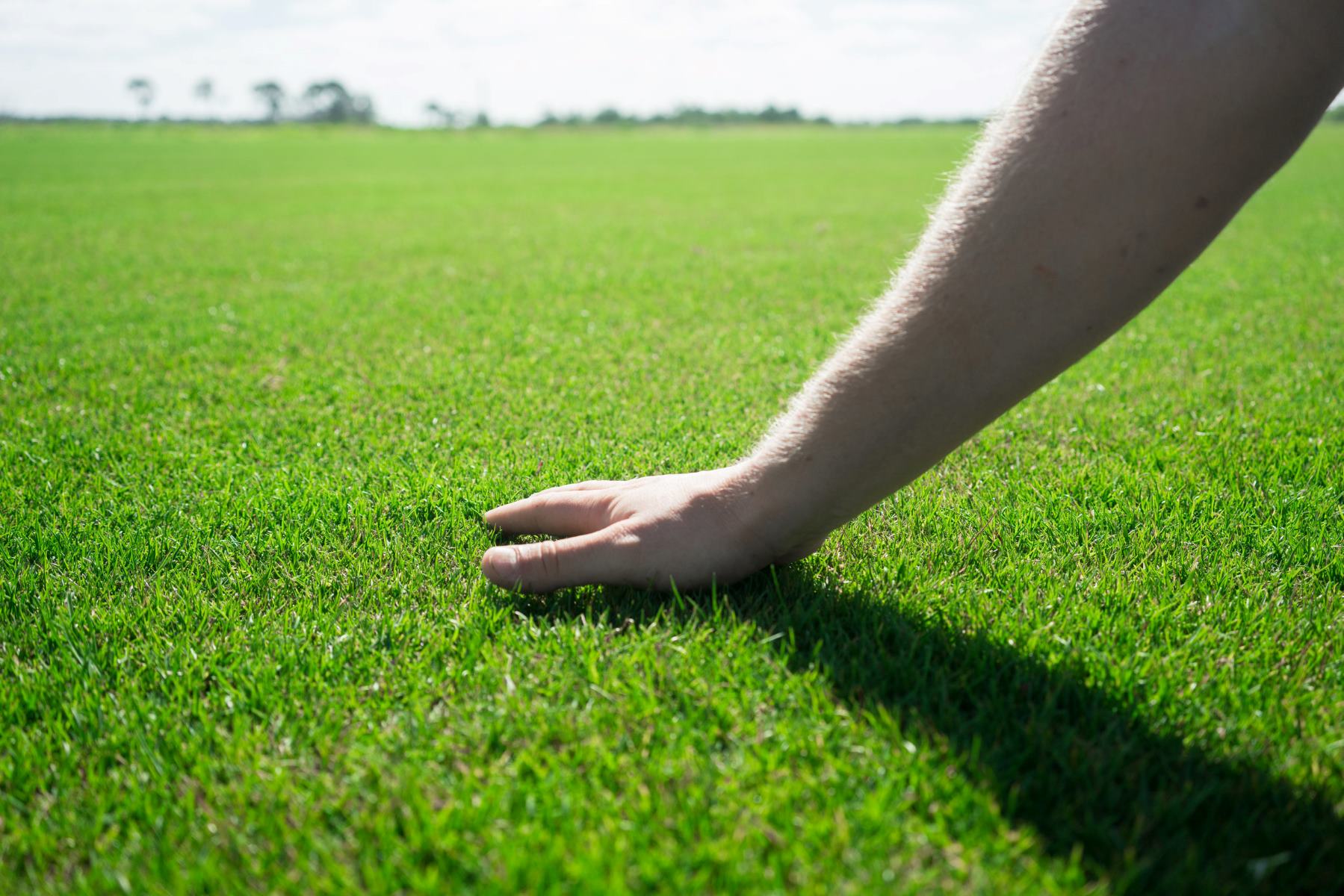
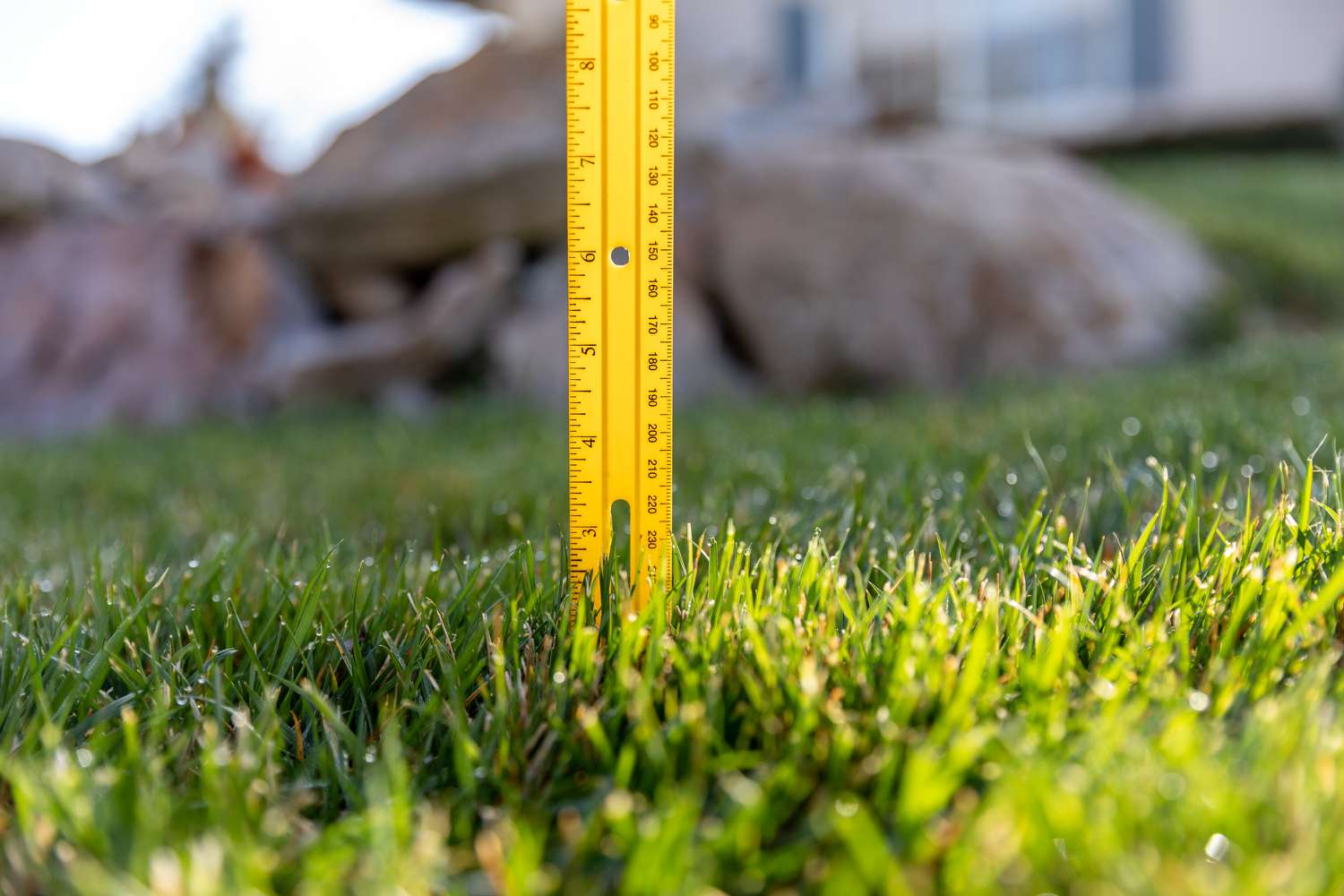
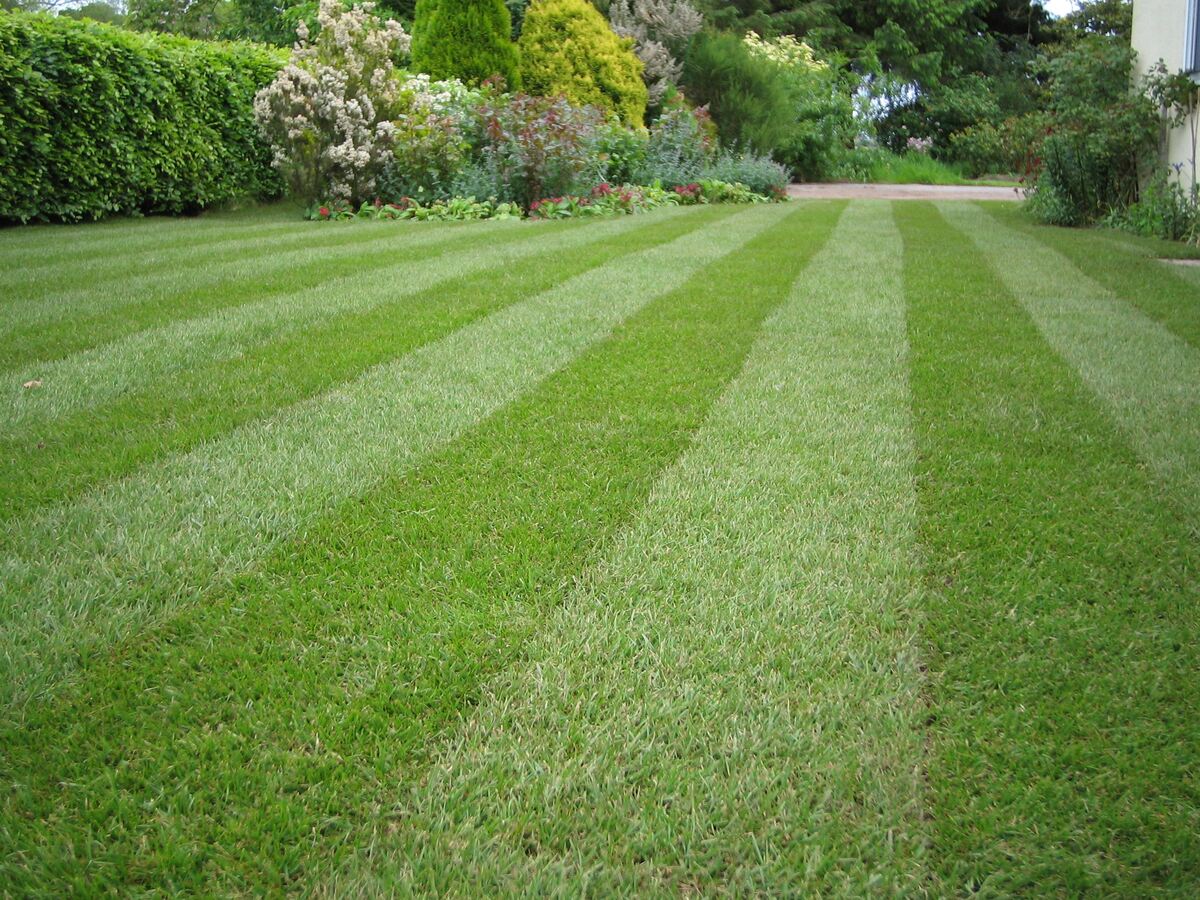
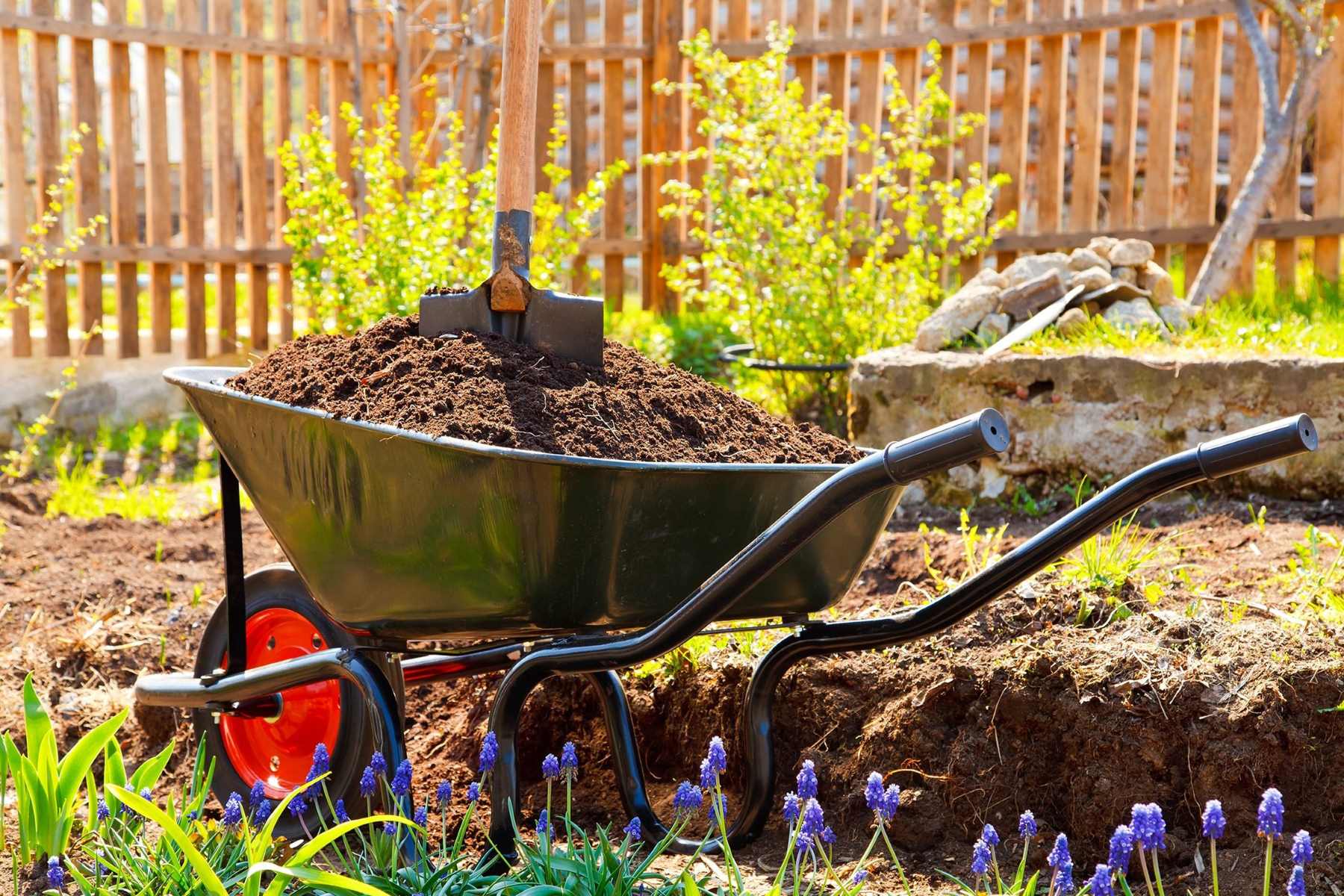
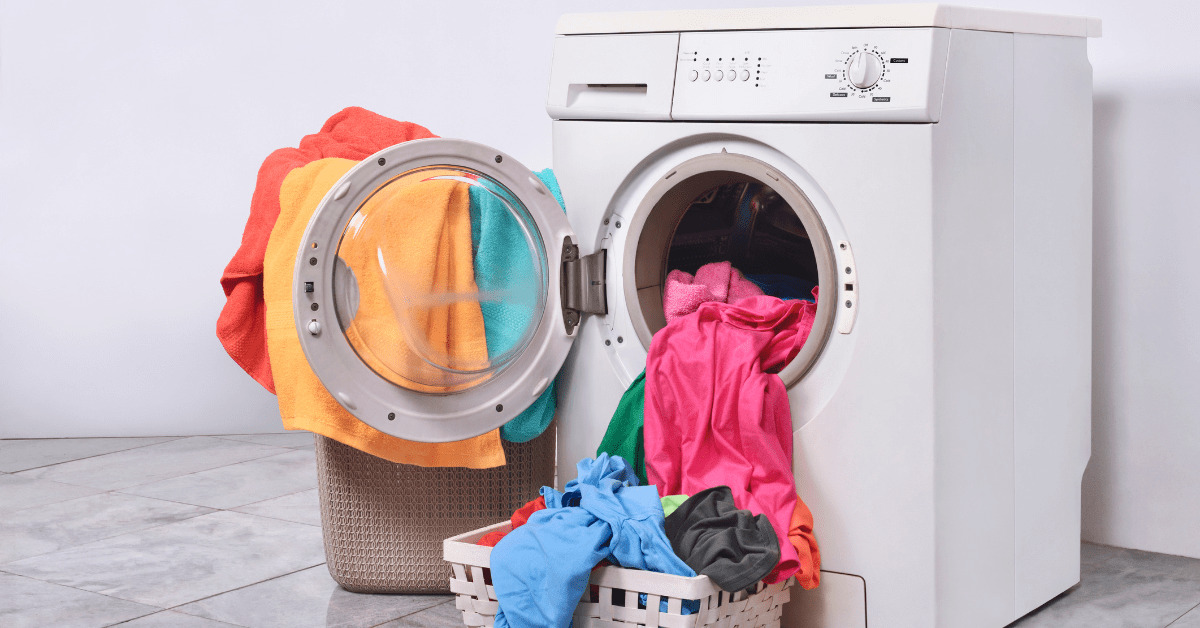

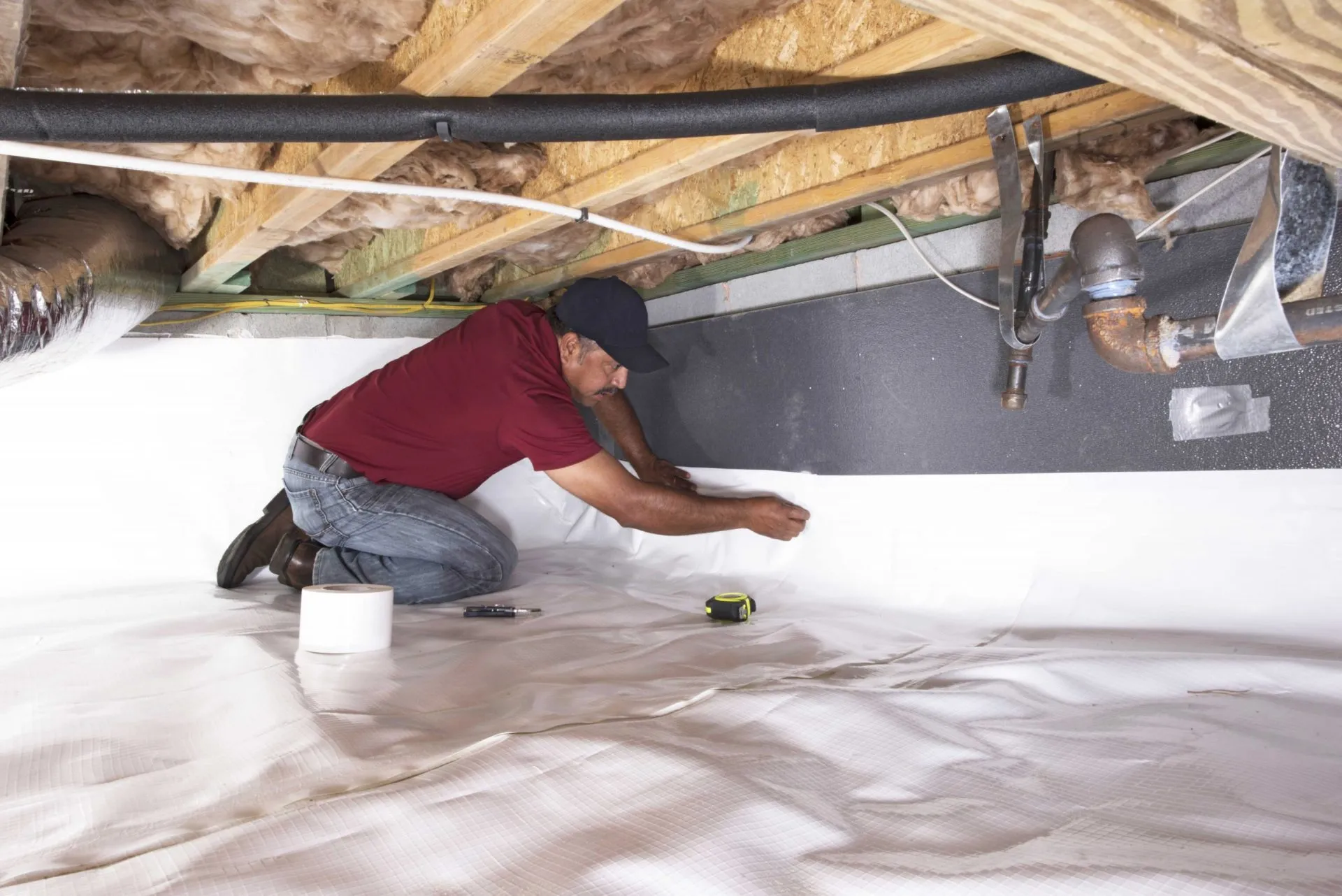
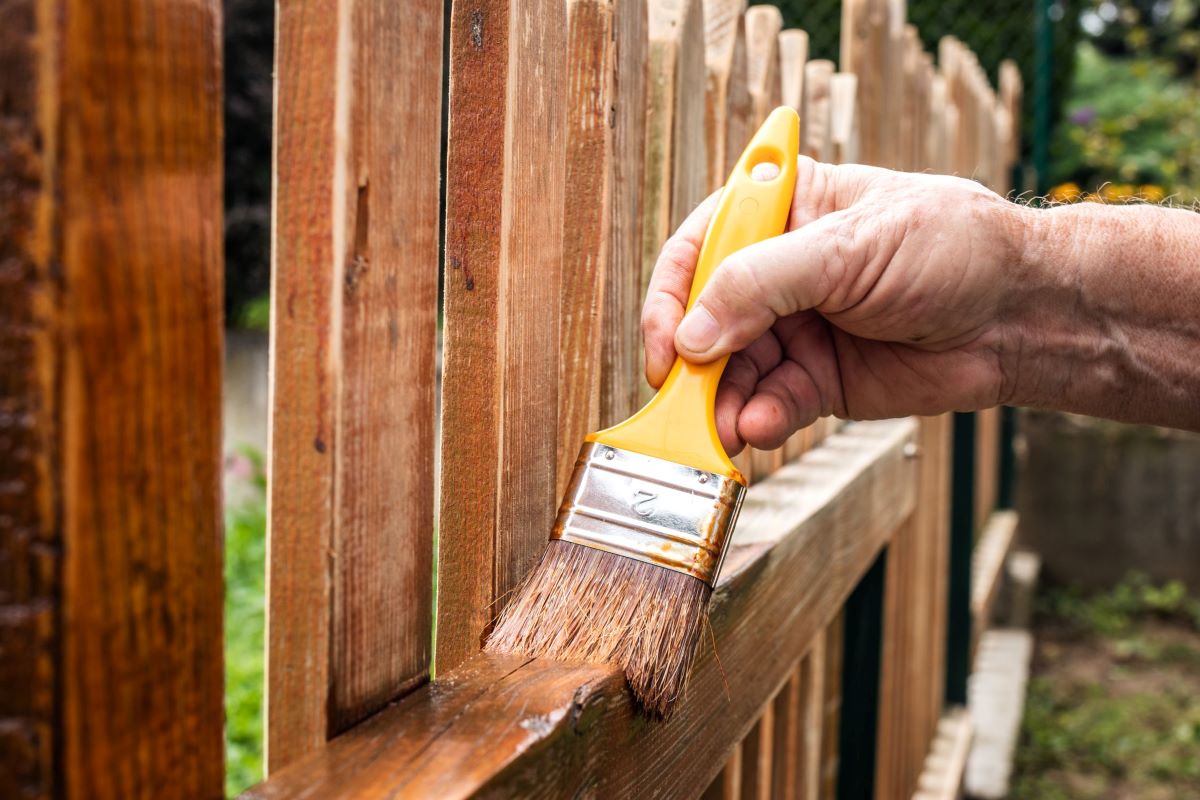
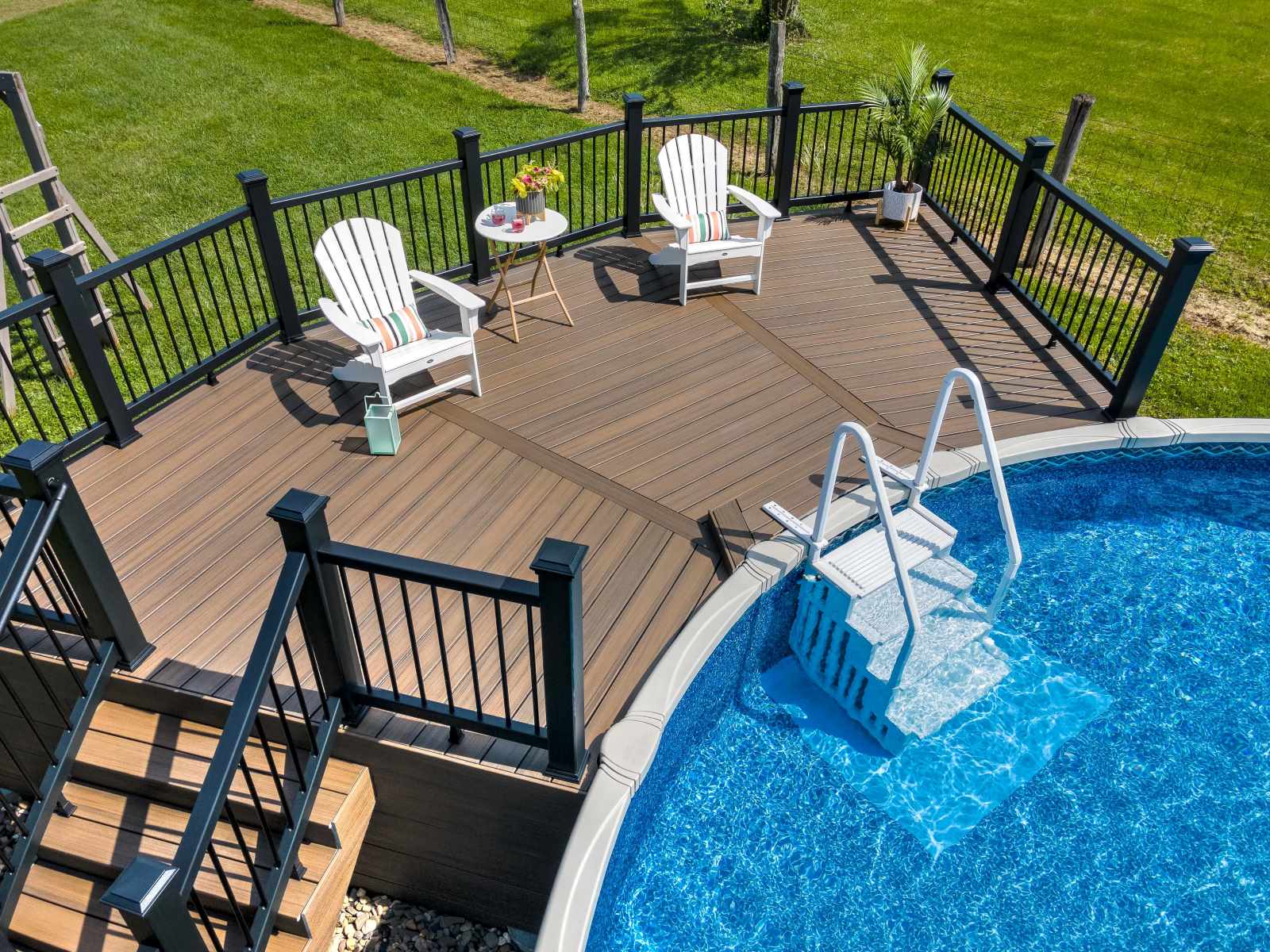

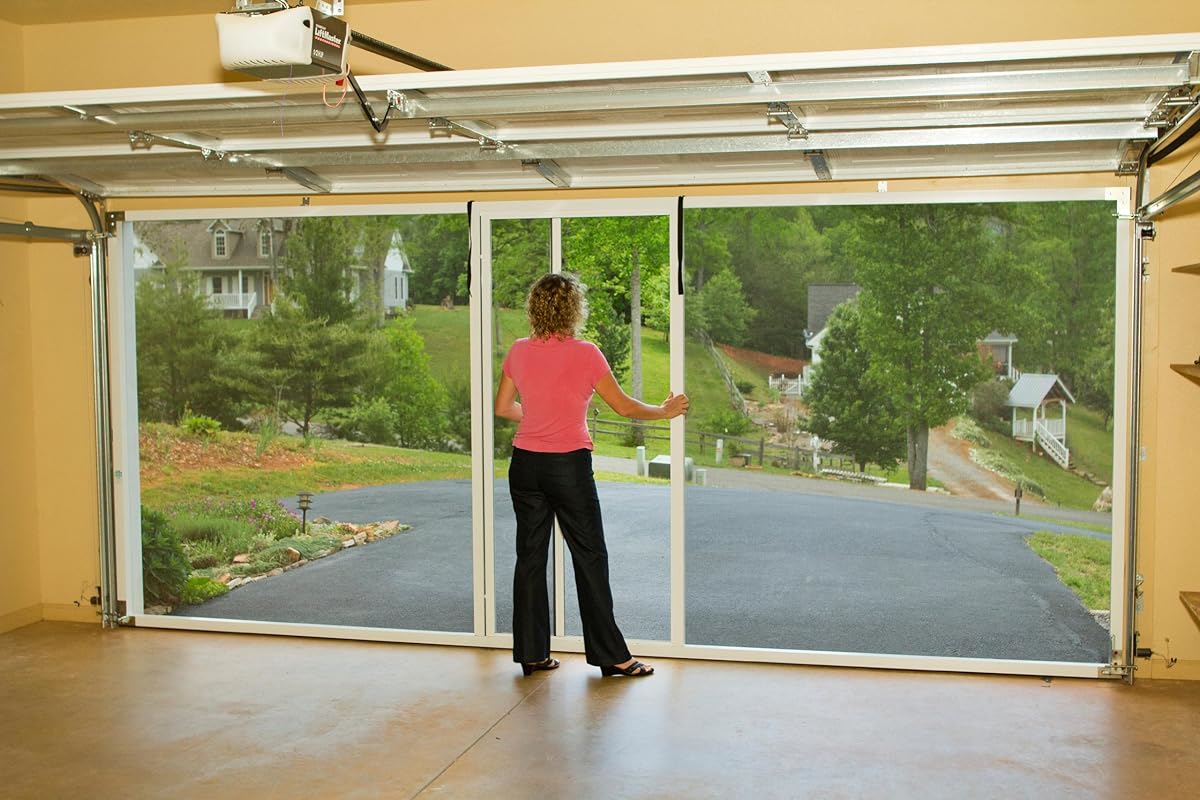
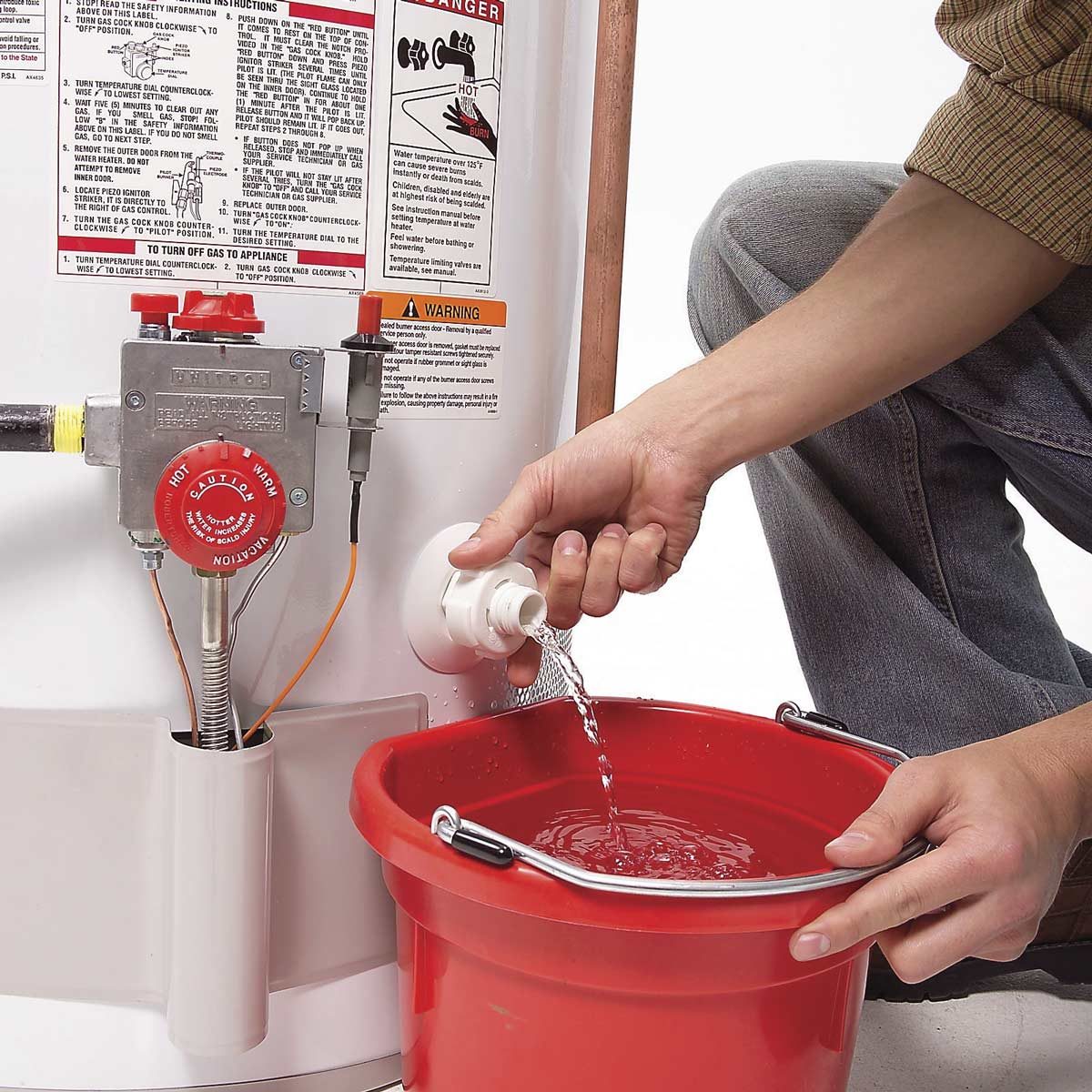

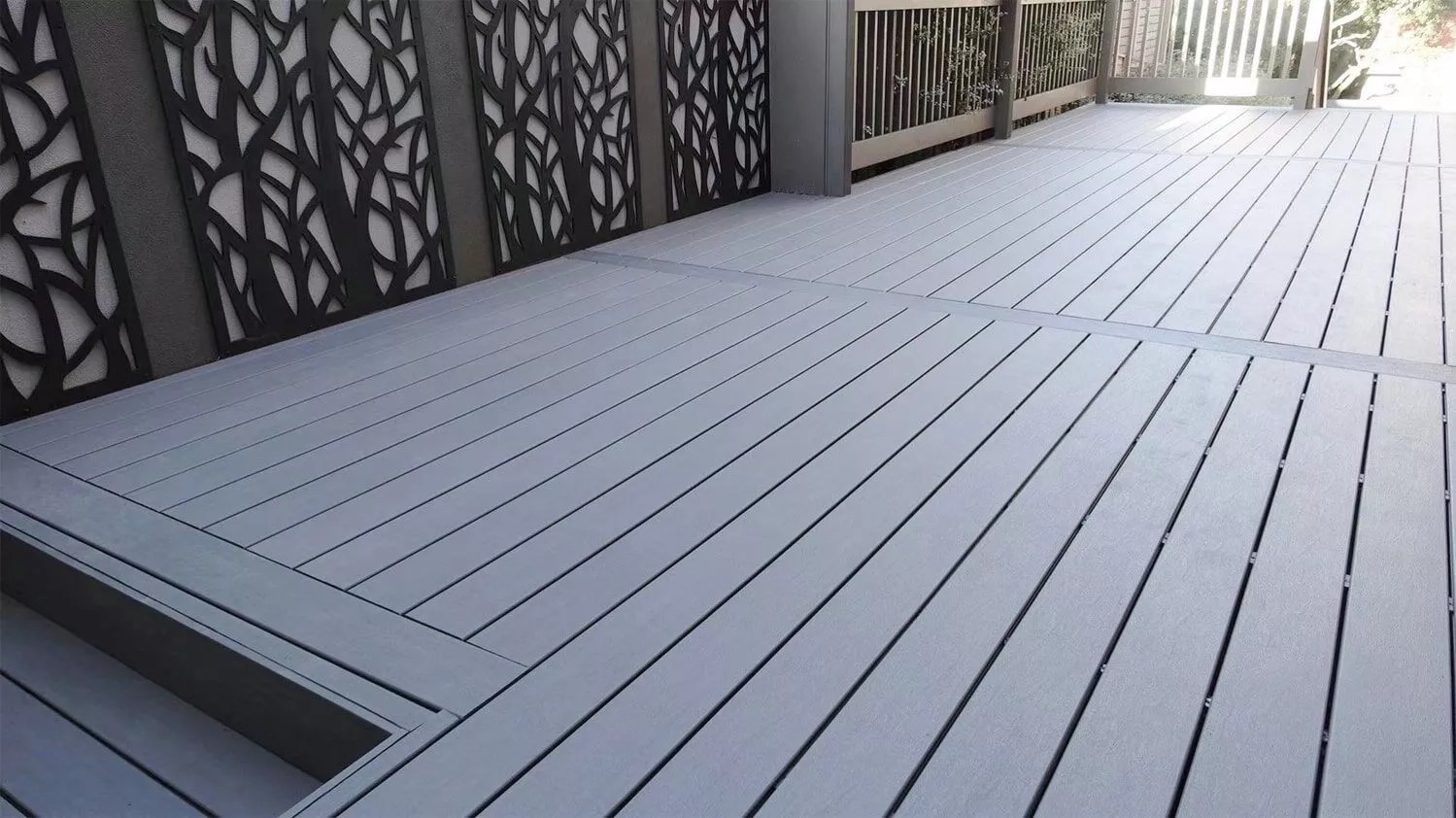

0 thoughts on “How To Maintain Artificial Grass”